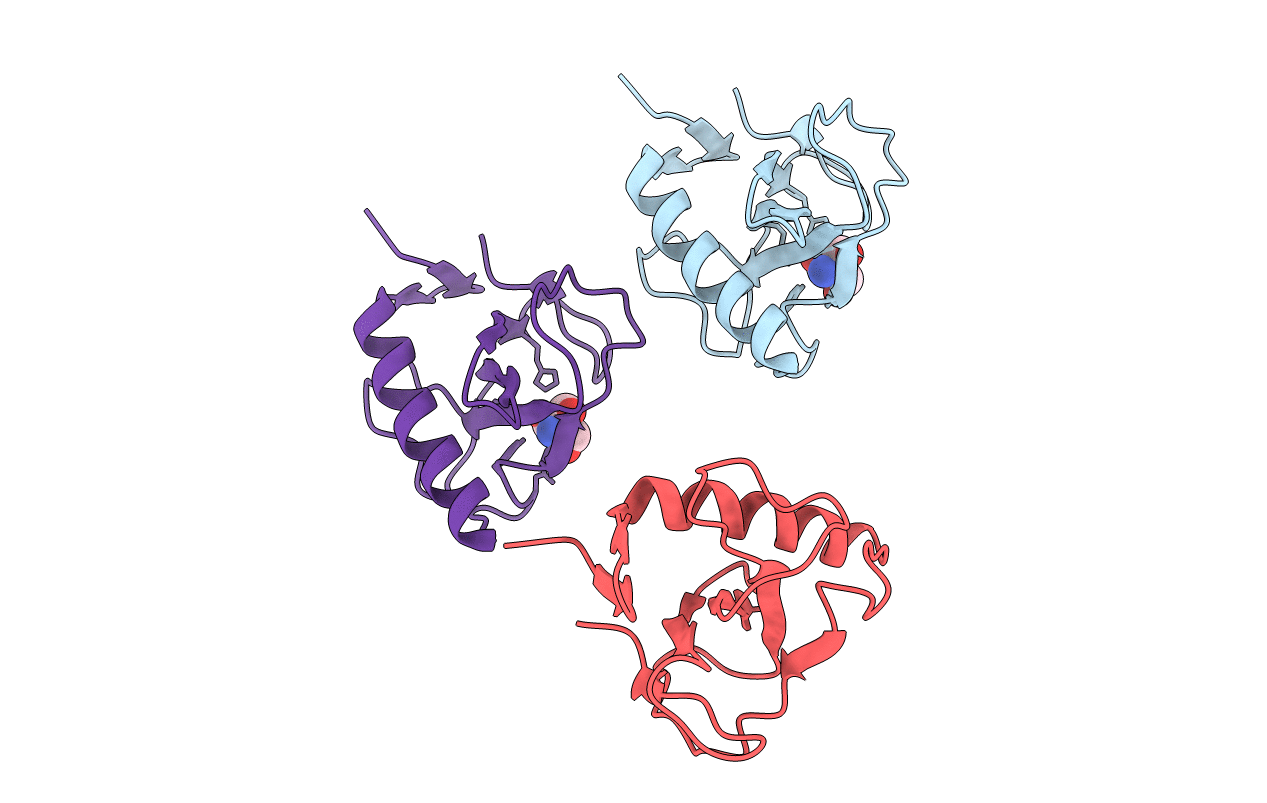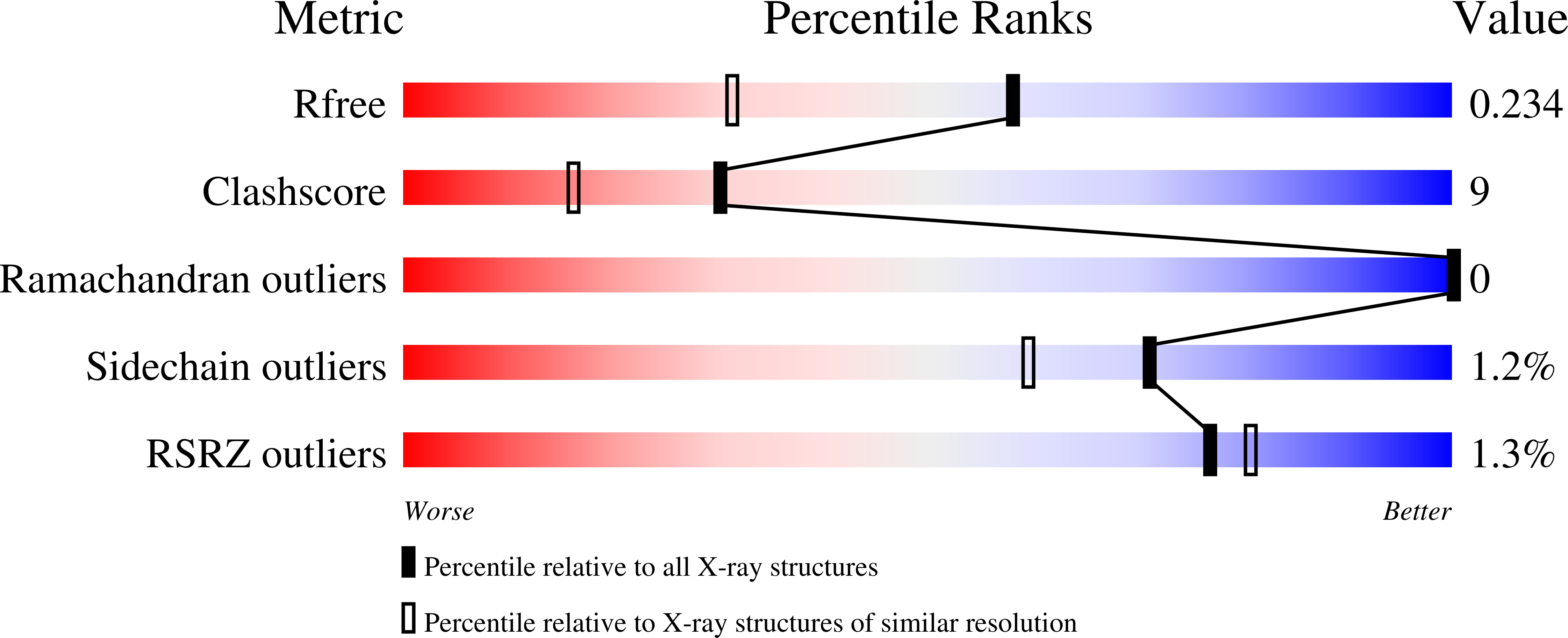
Deposition Date
2003-08-25
Release Date
2004-03-23
Last Version Date
2024-11-20
Method Details:
Experimental Method:
Resolution:
1.70 Å
R-Value Free:
0.24
R-Value Work:
0.19
R-Value Observed:
0.19
Space Group:
P 61


